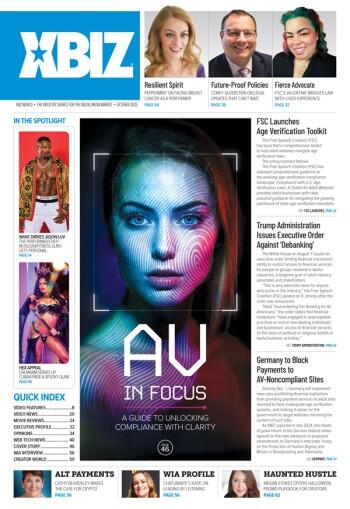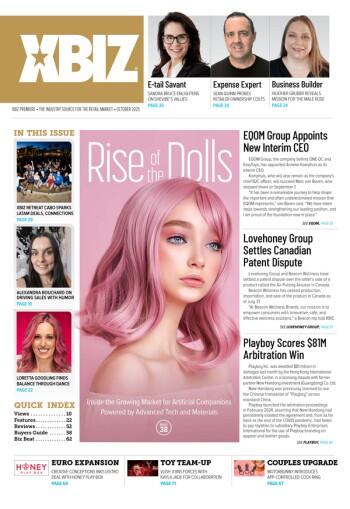Whether you’re a retailer, a manufacturer, a web store, or a distributor; selling your brand is essential for success. Telling a brand story is basically using marketing to generate that company image you want tattooed to the minds of your customers. Is that image luxury? Fun? Romance? Youth? Confidence? Hardcore? That’s up to you and how your product or business is currently positioned.
To be clear, a brand story is not when you and your business partner met 20 years ago in a basement and had your “Eureka” moment that forever changed the face of dildo technology. A brand story is how you want your company to be perceived by the public, your customers and your competitors. How do you make those customers accept and understand that perception? Simple, you constantly tell them. With a focused message and an immersive campaign, you can drive that branding image home. However, if you’re trying to pass yourself off as one thing, but in reality are quite another – good luck. Effective branding only works if people buy the image you’re selling.
At the end of the day, more than selling a product or a line of products, you’ve got to sell the image of the brand to your customer. If you sell the brand, you can get them to eventually buy more of your products.
Remember when John Kerry went duck hunting and his campaign released that press photo of him shooting a gun as if he were some kind of avid hunter? Or when George W. Bush’s people had him fly onto a flight deck carrier as if he were some sort of war hero returning from a fresh sortie? Those both fell flat because the public didn’t buy it, they didn’t accept either of those brand stories because they were so grotesquely inaccurate. That’s a good lesson because it demonstrates that even if you have tens of millions of dollars at your disposal, you still can’t always sell what the public won’t believe. So it’s extremely important to embrace what you really do and sell that as your brand story.
Like with anything, clarity is crucial. Some businesses don’t know exactly how to tell its brand story, because they haven’t decided what that is. Guess what? If you don’t know what your brand represents, neither will your potential customers. Keep it simple by focusing on your company’s strengths and let that be the blueprint for your brand story. Trying to be all things for all customer types doesn’t work and will only wind up diluting the message and burning up ad dollars.
Is your store’s bread and butter hardcore gay clientele? Then don’t try to brand it as a luxury pleasure boutique. Own your image, then brand your business a “Bear Lair” or something that will speak to and resonate with your target audience. Use a coordinated theme in your advertising campaigns, in-store displays, and social media – anywhere and everywhere that drives your brand. Establish and assert your business as THE place in town for gay adult products and the gay community. If done right, you will have effectively branded the store as the forever destination for your target customers and customers won’t even consider another brand. Think Q-tips for example, how many other brands of cotton swabs can you name?
As a storeowner, displaying products by manufacturer/brand is usually very effective. Especially when the brand has done its homework. Many vendors know that it’s far easier to sell a brand story than a specific product. For example, if I know and trust Brand X, then it doesn’t matter what the particular product specs are for its rabbit compared to another manufacturer’s rabbit. I’m not interested in another manufacturer because, “I know this company, I like what they‘re all about and I loved the last Brand X product I purchased.” So from the manufacturer’s point of view, it makes sense to set up planograms by brand. It also makes sense for that retailer looking to create easy upsells within the brand. If a customer who likes a particular vendor comes into the store, plant them in front of that brand’s planogram and start selling. They’re already comfortable with the name and have bought from them in the past – based on the strength of that brand and of course a positive product experience; they will continue to buy more.
At the end of the day, more than selling a product or a line of products, you’ve got to sell the image of the brand to your customer. If you sell the brand, you can get them to eventually buy more of your products. If you only focus on selling the product – you will indirectly encourage customers to look at competitor’s versions of that same product.
The ideal situation is to establish and create the identity you want for your business, so that customers can shop for all their items, directly off your brand’s planogram, store or website.
Brian Sofer currently serves as marketing ninja at Eldorado Trading Company. Sofer joined the Eldorado team in 2010. Brian is a creative, results-oriented marketing professional with extensive experience across his career utilizing digital media.








